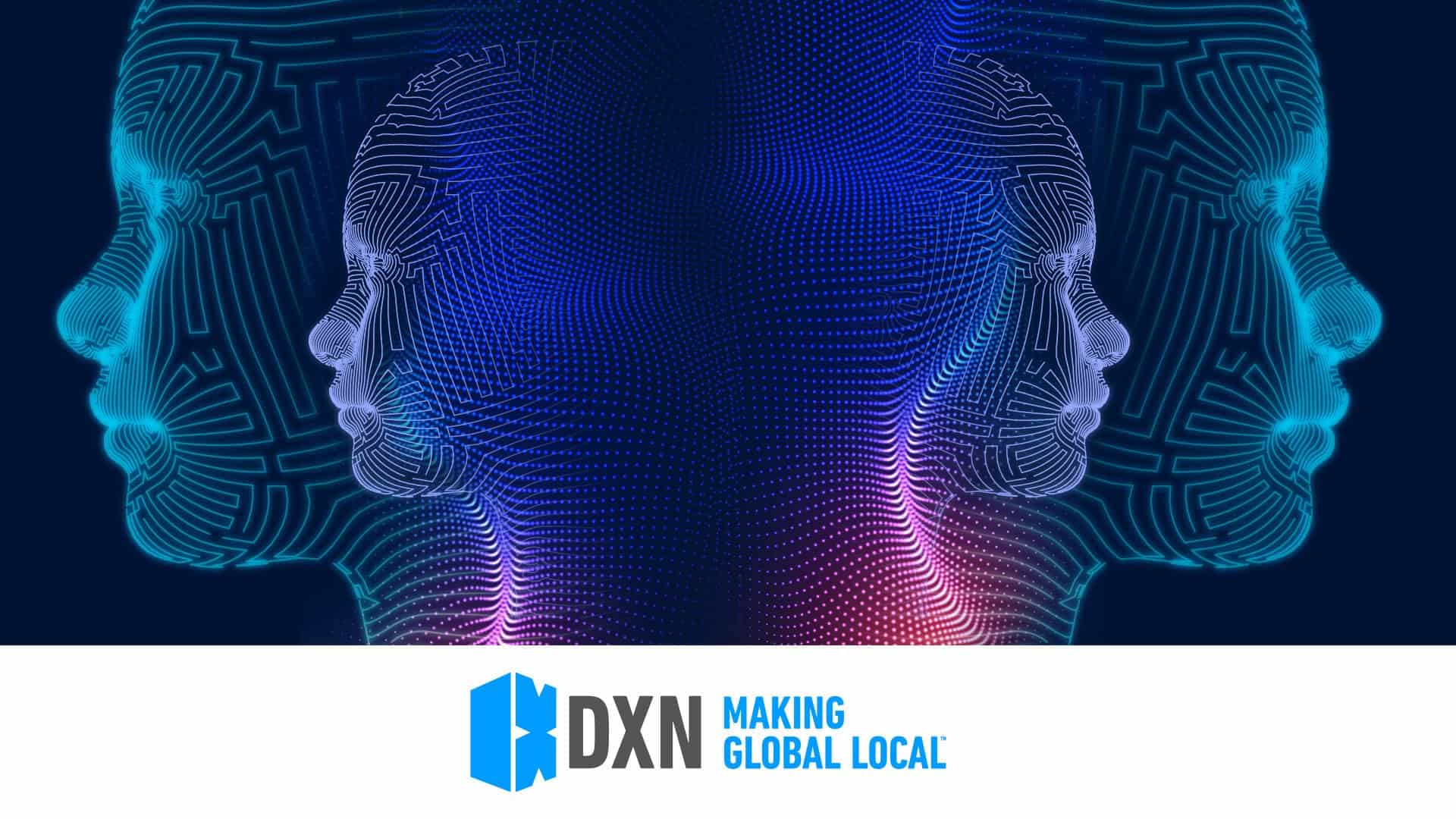Artificial intelligence is fuelling a boom in data centres and fibre optic networks.
Generative AI*, a type of artificial intelligence that creates original content, requires vast amounts of data to learn and generate content. With this comes a need for substantial computing power to process and analyse the data. The IT industry has acknowledged that generative AI is not yet mature and requires careful attention to be brought into the mainstream.
However, as the technology evolves and becomes more powerful, there will be a surge in demand for resources. Public cloud providers, such as Microsoft, are investing heavily in data centres and infrastructure to support this demand. Hardware manufacturers, such as Nvidia, are also providing specialized hardware and software to cater to this market.
The AI workload is different from traditional cloud applications and requires specialized hardware and software configurations to reach optimal performance. Companies offering specialized clouds for AI workloads are a growing market where start-ups can participate.
Generative AI refers to a type of artificial intelligence system that is capable of generating original content, such as images, videos, text, or music, that is similar to what a human can produce. Generative AI uses algorithms and statistical models to analyse and learn from vast amounts of data, and then use that knowledge to generate new content that is unique and original. An example would be tools like Open Ai: ChatGPT.
“The lifeblood of artificial intelligence is data, and companies that use it need to get data, shift it around, store it and compute”
The Impact of AI Platforms on the Data Centre and Edge Markets
Artificial Intelligence (AI) has become an essential tool for businesses looking to stay competitive in today’s rapidly evolving digital landscape. AI platforms like Midjourney, ChatGPT, and Dall-E 2 have gained significant popularity in recent years, offering powerful machine-learning capabilities that can help organizations extract insights from vast amounts of data. However, the rise of AI platforms has also had a significant impact on the data centre and edge markets.
The Data Centre Market
The data centre market has seen a significant shift in recent years as AI workloads have become more prevalent. Traditionally, data centres were designed to support general-purpose computing workloads, such as email, web hosting, and databases. However, AI workloads have different requirements, such as high-performance computing (HPC) and graphics processing unit (GPU) servers.
As a result, many companies are investing in HPC and GPU servers to support their AI workloads. These servers offer significant processing power, enabling businesses to train and run complex machine learning models quickly. In addition, many data centre operators are also investing in specialized hardware, such as Google’s Tensor Processing Units (TPUs) and Nvidia’s Graphics Processing Units (GPUs), which offer even faster processing speeds for AI workloads.
Overall, the increased demand for HPC and GPU servers has driven innovation and investment in the data centre market, as companies look to capitalize on the opportunities presented by AI platforms.
The Edge Market
AI workloads are not just confined to the data centre, however. The rise of the Internet of Things (IoT) has led to the proliferation of edge devices, such as sensors, cameras, and drones, which generate vast amounts of data. AI platforms can help extract insights from this data, enabling businesses to make faster, more informed decisions.
However, running AI workloads on edge devices can be challenging. These devices typically have limited processing power and memory, making it difficult to run complex machine learning models. To address this challenge, many companies are investing in specialized hardware, such as low-power GPUs and FPGAs, which can be deployed on edge devices to accelerate AI workloads.
In addition, many companies are also adopting edge computing architectures, which involve processing data at the edge of the network, closer to where it is generated. This approach reduces latency and improves performance, enabling businesses to extract insights from IoT data in real-time.
Overall, the increased demand for specialized hardware and edge computing architectures has driven innovation and investment in the edge market, as businesses look to capitalize on the opportunities presented by AI platforms.
Are you ready to embrace the potential of generative AI but worried about the infrastructure needed to support it?
Look no further than DXN Limited. We’re experts in creating high-quality data centres that are specifically designed to meet the unique needs of AI. With our help, you can stay ahead of the curve and take advantage of the growth opportunities in the AI market. Contact us today to learn more.



